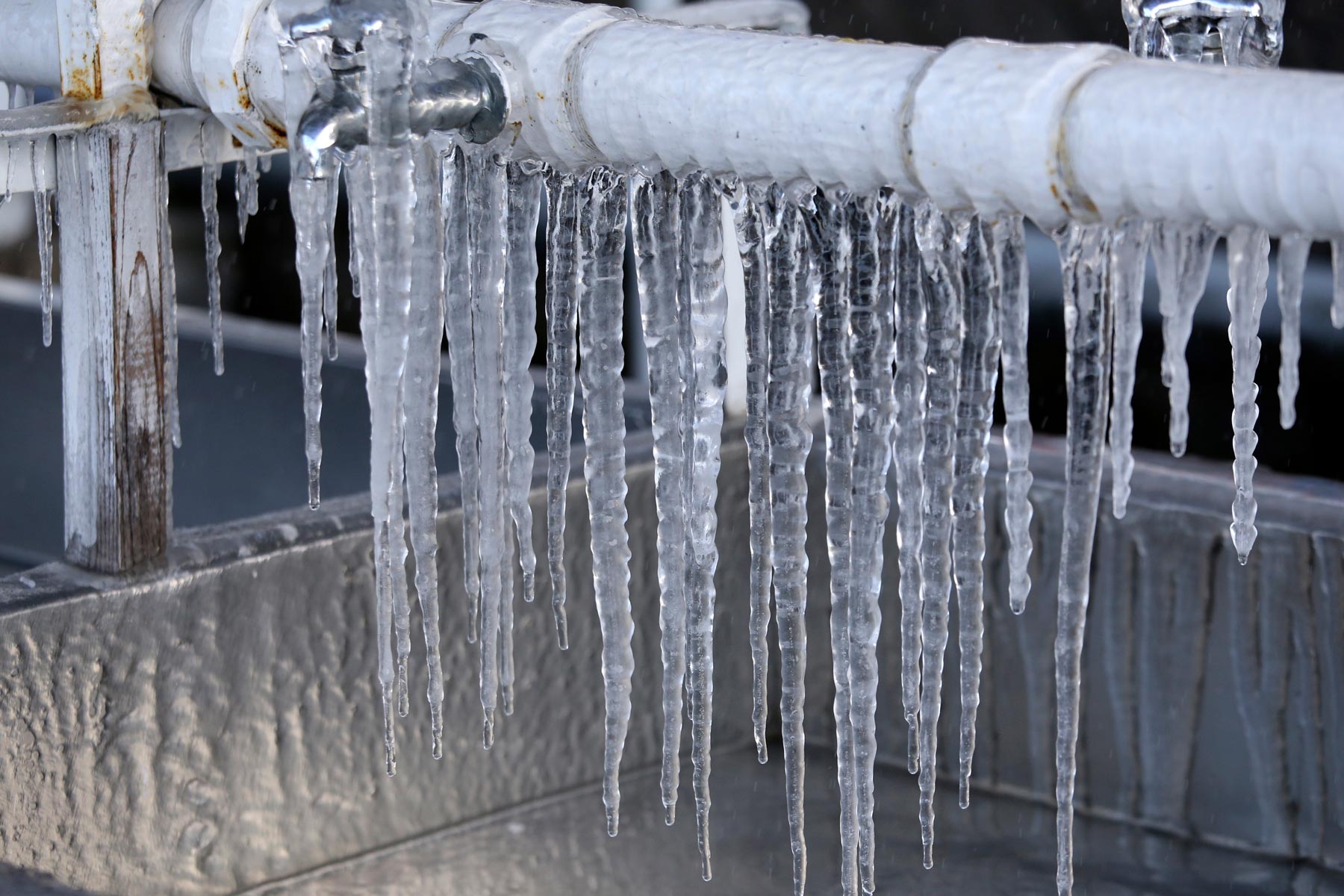Avoiding Frozen Pipes: Top Tips for Cold Weather
Avoiding Frozen Pipes: Top Tips for Cold Weather
Blog Article
Just about every person has got their unique opinions involving Preventing and dealing with frozen pipes.

Cold weather can wreak havoc on your pipes, specifically by freezing pipelines. Here's how to prevent it from happening and what to do if it does.
Introduction
As temperature levels decrease, the danger of icy pipelines increases, possibly leading to expensive repairs and water damage. Understanding how to stop icy pipes is critical for homeowners in cold climates.
Comprehending Icy Pipelines
What creates pipes to ice up?
Pipes freeze when revealed to temperature levels below 32 ° F (0 ° C) for expanded durations. As water inside the pipes freezes, it broadens, taxing the pipe walls and possibly creating them to burst.
Risks and problems
Frozen pipes can bring about water supply disruptions, residential or commercial property damages, and expensive repair work. Ruptured pipes can flooding homes and cause comprehensive architectural damages.
Indicators of Frozen Piping
Determining icy pipelines early can prevent them from rupturing.
Just how to determine frozen pipelines
Try to find lowered water circulation from faucets, unusual smells or noises from pipes, and visible frost on subjected pipes.
Avoidance Tips
Shielding at risk pipelines
Wrap pipes in insulation sleeves or make use of heat tape to safeguard them from freezing temperatures. Concentrate on pipes in unheated or exterior locations of the home.
Heating strategies
Keep indoor rooms properly heated, specifically locations with pipes. Open closet doors to permit warm air to circulate around pipelines under sinks.
Protecting Outside Pipes
Garden hoses and outdoor faucets
Separate and drain pipes yard tubes prior to winter. Mount frost-proof spigots or cover outdoor taps with protected caps.
What to Do If Your Pipelines Freeze
Immediate activities to take
If you suspect frozen pipelines, keep taps open to relieve pressure as the ice melts. Make use of a hairdryer or towels taken in hot water to thaw pipes gradually.
Long-Term Solutions
Structural adjustments
Think about rerouting pipelines far from outside wall surfaces or unheated areas. Include added insulation to attic rooms, basements, and crawl spaces.
Updating insulation
Purchase premium insulation for pipes, attics, and walls. Appropriate insulation aids preserve consistent temperature levels and reduces the danger of icy pipes.
Final thought
Stopping icy pipes calls for proactive measures and fast responses. By recognizing the causes, indications, and preventive measures, house owners can shield their pipes throughout winter.
5 Ways to Prevent Frozen Pipes
Drain Outdoor Faucets and Disconnect Hoses
First, close the shut-off valve that controls the flow of water in the pipe to your outdoor faucet. Then, head outside to disconnect and drain your hose and open the outdoor faucet to allow the water to completely drain out of the line. Turn off the faucet when done. Finally, head back to the shut-off valve and drain the remaining water inside the pipe into a bucket or container. Additionally, if you have a home irrigation system, you should consider hiring an expert to clear the system of water each year.
Insulate Pipes
One of the best and most cost-effective methods for preventing frozen water pipes is to wrap your pipes with insulation. This is especially important for areas in your home that aren’t exposed to heat, such as an attic. We suggest using foam sleeves, which can typically be found at your local hardware store.
Keep Heat Running at 65
Your pipes are located inside your walls, and the temperature there is much colder than the rest of the house. To prevent your pipes from freezing, The Insurance Information Institute suggests that you keep your home heated to at least 65 degrees, even when traveling. You may want to invest in smart devices that can keep an eye on the temperature in your home while you’re away.
Leave Water Dripping
Moving water — even a small trickle — can prevent ice from forming inside your pipes. When freezing temps are imminent, start a drip of water from all faucets that serve exposed pipes. Leaving a few faucets running will also help relieve pressure inside the pipes and help prevent a rupture if the water inside freezes.
Open Cupboard Doors
Warm your kitchen and bathroom pipes by opening cupboards and vanities. You should also leave your interior doors ajar to help warm air circulate evenly throughout your home.

I stumbled upon that content on Winter Plumbing Precautions: Preventing Frozen Pipes when doing a lookup on the web. Loved our entry? Please quickly share it. Let somebody else discover it. I praise you for being here. Kindly pay a visit to our blog back soon.
Visit My Website Report this page